Adam Schrager:
But first, the year end leap off of the fiscal cliff that was averted when the house and senate members passed a measure that, for now and for many, avoids automatic tax hikes and spending cuts. There was bipartisan support for the bill, including among the Wisconsin delegation. Democratic state members who voted for the fiscal cliff bill were Representative Tammy Baldwin in her final vote as a house member. Representatives Kind and Moore and Senator Herb Kohl in his last senate vote. Republicans voting for the bill included Senator Ron Johnson and Representatives Ribble and Ryan. Three Republican house members voted against the bill, Representatives Duffy, Petri and Sensenbrenner.
Now a lesser known component of the fiscal bill caused a sigh of relief among dairy farmers and milk consumers alike. It's called the Milk Income Loss contract, and like many dairy policies, it's as complex as a glass of milk is simple. Here to explain the contract, and more importantly, its meaning is the director of the UW-Madison dairy policy department, Dr. Mark Stephenson. Thanks so much for being with us, sir.
Dr. Mark Stephenson:
Thank you, Adam.
Adam Schrager:
Maybe the first thing to do is step back, and for the lay people out there who are really hearing– they heard from the media about the so-called milk cliff. It’s a little different, as you were telling me before we started, than the contract, but explain for people what was going on.
Dr. Mark Stephenson:
Well, we have a farm bill that gets passed roughly every five years, and the Farm Bill contains a lot of different provisions in there. The dairy provisions are usually temporary provisions, and they supersede what is known as permanent law. The permanent law was what falls into place if we no longer have that temporary set of provisions in the Farm Bill. And that was what was involved in the dairy cliff. If we went back to the permanent law, it was legislation that was originally passed in 1949 and requires congress to purchase dairy products to support milk at a price goal that would be $38 a hundred weight, which roughly speaking is double the farm price that we have today.
Adam Schrager:
The idea was, of this milk income loss contract, as I read, was to help small producers. Has it been working here in Wisconsin?
Dr. Mark Stephenson:
It has. It’s done quite a bit for dairy producers, and particularly small ones. It does have the component to it that caps the payments that are available to dairy producers at a level that a farm of roughly 150 cows or less is going to receive the most amount of payment that’s possible. Larger farms would produce more milk than would be eligible for payments.
Adam Schrager:
Where are milk prices right now? I mean, has this been needed by a lot of small farmers over the recent past?
Dr. Mark Stephenson:
This last year, in 2012, we did have quite a few months when the MILC payments were being made to dairy producers, and some of those fairly significant payments. So it was a good thing to have as a safety net for prices that are falling or input costs that are increasing rather dramatically.
Adam Schrager:
Stepping back, is there a general sense that this is a policy that needs to be continued going forward? I know there’s a lot of political angst over the Farm Bill and I'm not asking to get into that, but the sentiment overall, is it that this particular part of the Farm Bill is working?
Dr. Mark Stephenson:
Well, it has worked, but there is also a sense that we don’t want to have direct payments going to dairy farmers, or indeed growers of crops and other things, and we’re trying to transition away from that to something that’s much more like insurance products. And there was a willingness to give up the MILC program as long as we had some new program in place that would provide a safety net should prices fall dramatically.
Adam Schrager:
You talked as long as, and in particular we don’t have a farm bill going forward, so is there still some angst out there amongst producers?
Dr. Mark Stephenson:
Oh, there certainly is angst, but we do have a farm bill now as a result of this vote on New Year’s day and that was simply an extension of the previous farm bill that said this can carry forward for another year. So lawmakers essentially have, you know, nine months, ten months, to make a decision about what a new farm bill would be that replaces the old one. I should also say this is not at all uncommon. The farm bills in the past have oftentimes gone as much as a year or even two behind expiration, but they’ve always had an extension. The difference this year was that we had a farm bill that expired and we had no extension of it. That’s why this permanent legislation was going to kick in.
Adam Schrager:
We have about a minute left, and I know so many producers out there are always wondering, what if. Do they have some guarantees now moving forward, at least this year or maybe even going into the future, that they can go ahead and do things the way they’d been doing them?
Dr. Mark Stephenson:
The MILC program is in place for this coming year and we do expect one month with minor payments. That would be the month of February. But we still have a pass a farm bill and it’s a contentious issue. If we don’t, the extension of this farm bill will expire and we’ll be in the same place we were at with the end of this past year with no farm bill in place and perhaps no extension.
Adam Schrager:
Maybe that means January 5, 2014 you’re back in that chair.
Dr. Mark Stephenson:
Same place, maybe different story.
Adam Schrager:
Director of the UW-Madison dairy policy department, Dr. Mark Stephenson, thanks so much for being with us.
Dr. Mark Stephenson:
You’re very welcome.
Search Episodes
News Stories from PBS Wisconsin

Donate to sign up. Activate and sign in to Passport. It's that easy to help PBS Wisconsin serve your community through media that educates, inspires, and entertains.
Make your membership gift today
Only for new users: Activate Passport using your code or email address
Already a member?
Look up my account
Need some help? Go to FAQ or visit PBS Passport Help
Need help accessing PBS Wisconsin anywhere?

Online Access | Platform & Device Access | Cable or Satellite Access | Over-The-Air Access
Visit Access Guide
Need help accessing PBS Wisconsin anywhere?

Visit Our
Live TV Access Guide
Online AccessPlatform & Device Access
Cable or Satellite Access
Over-The-Air Access
Visit Access Guide
 Passport
Passport







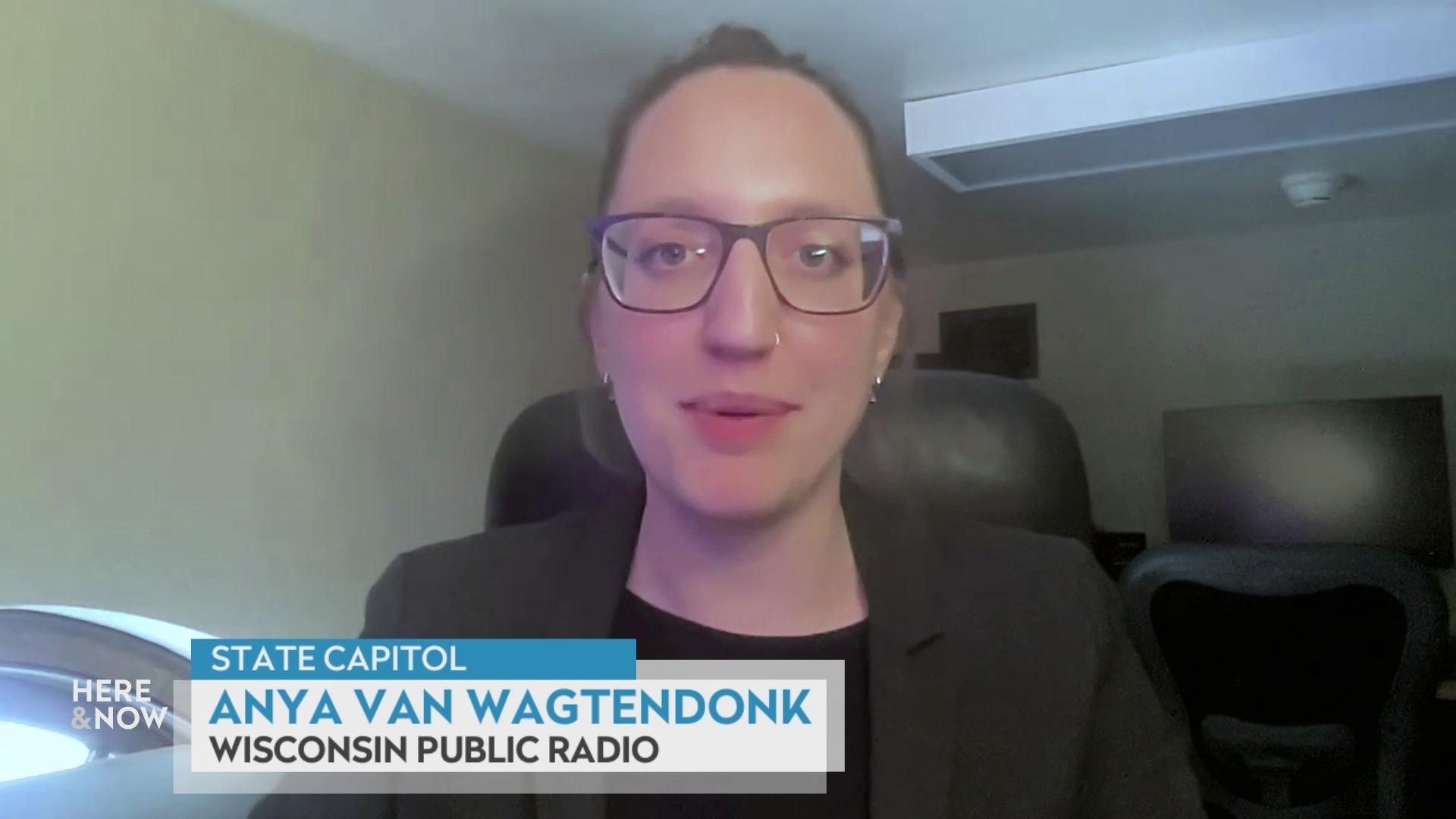
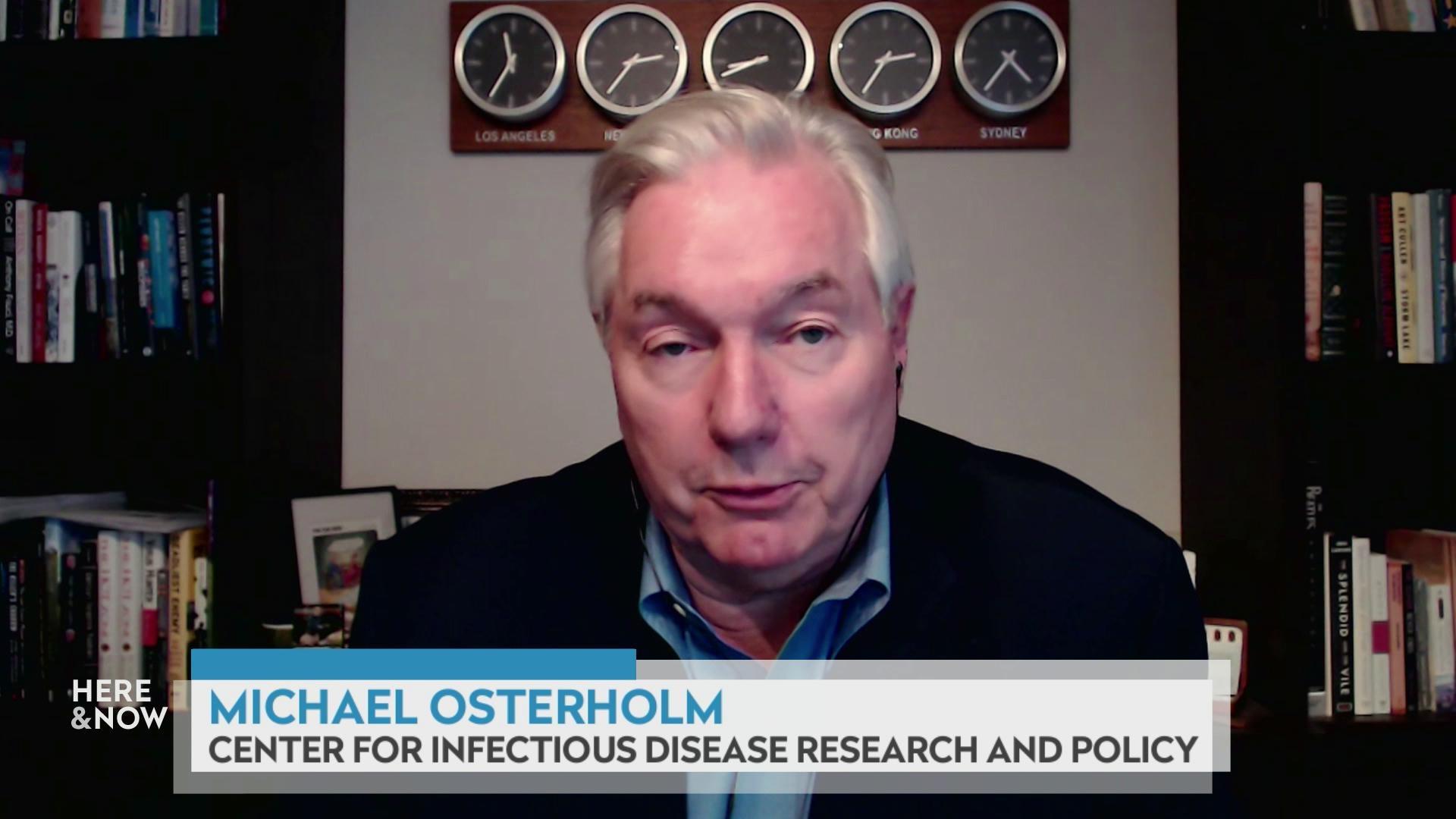
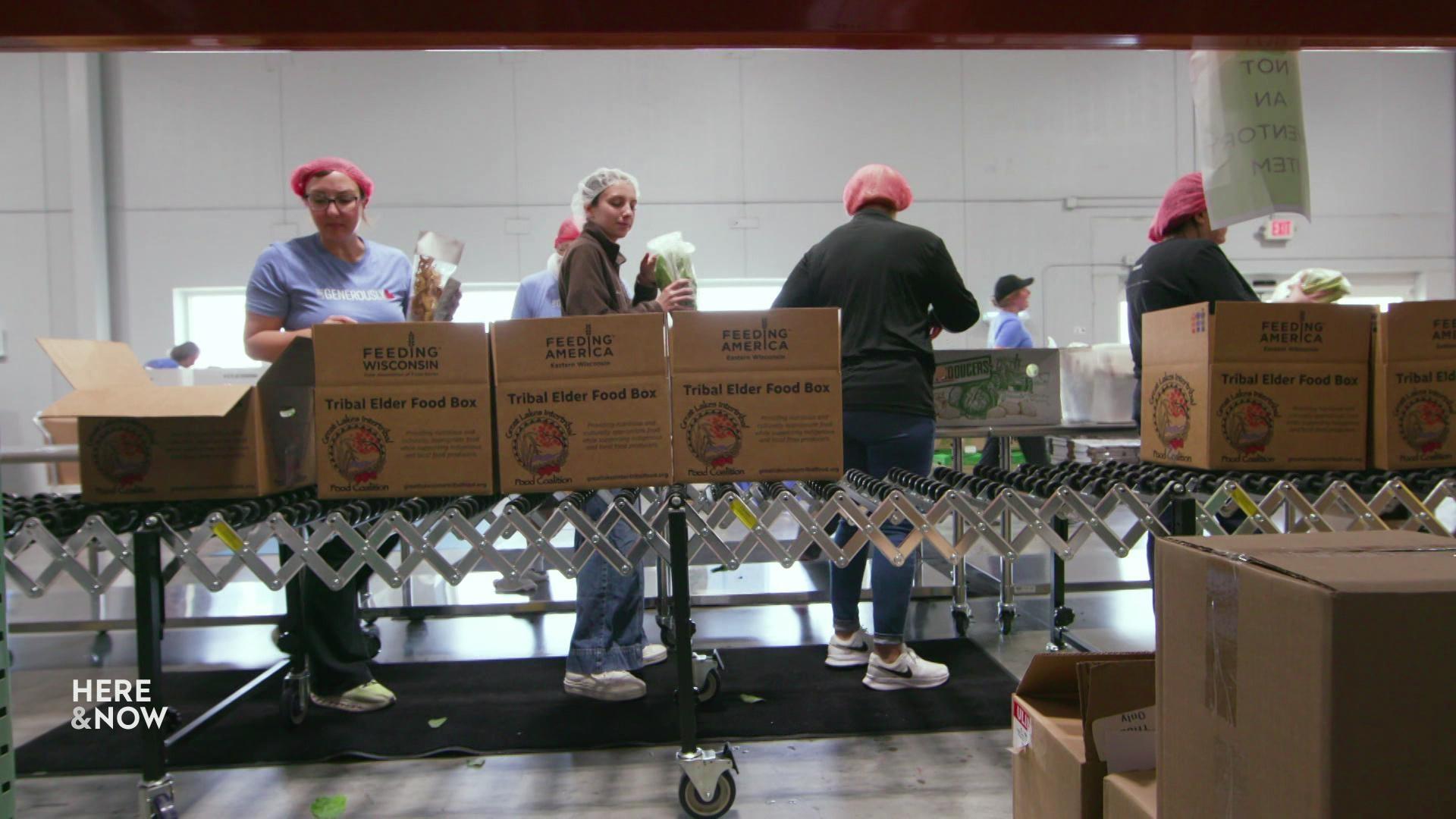

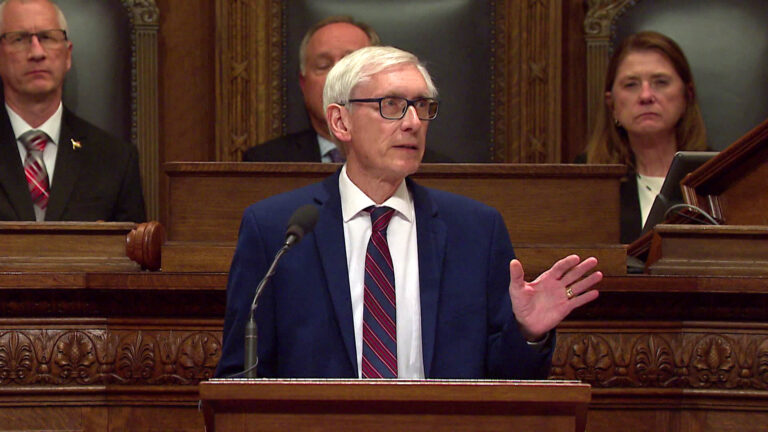
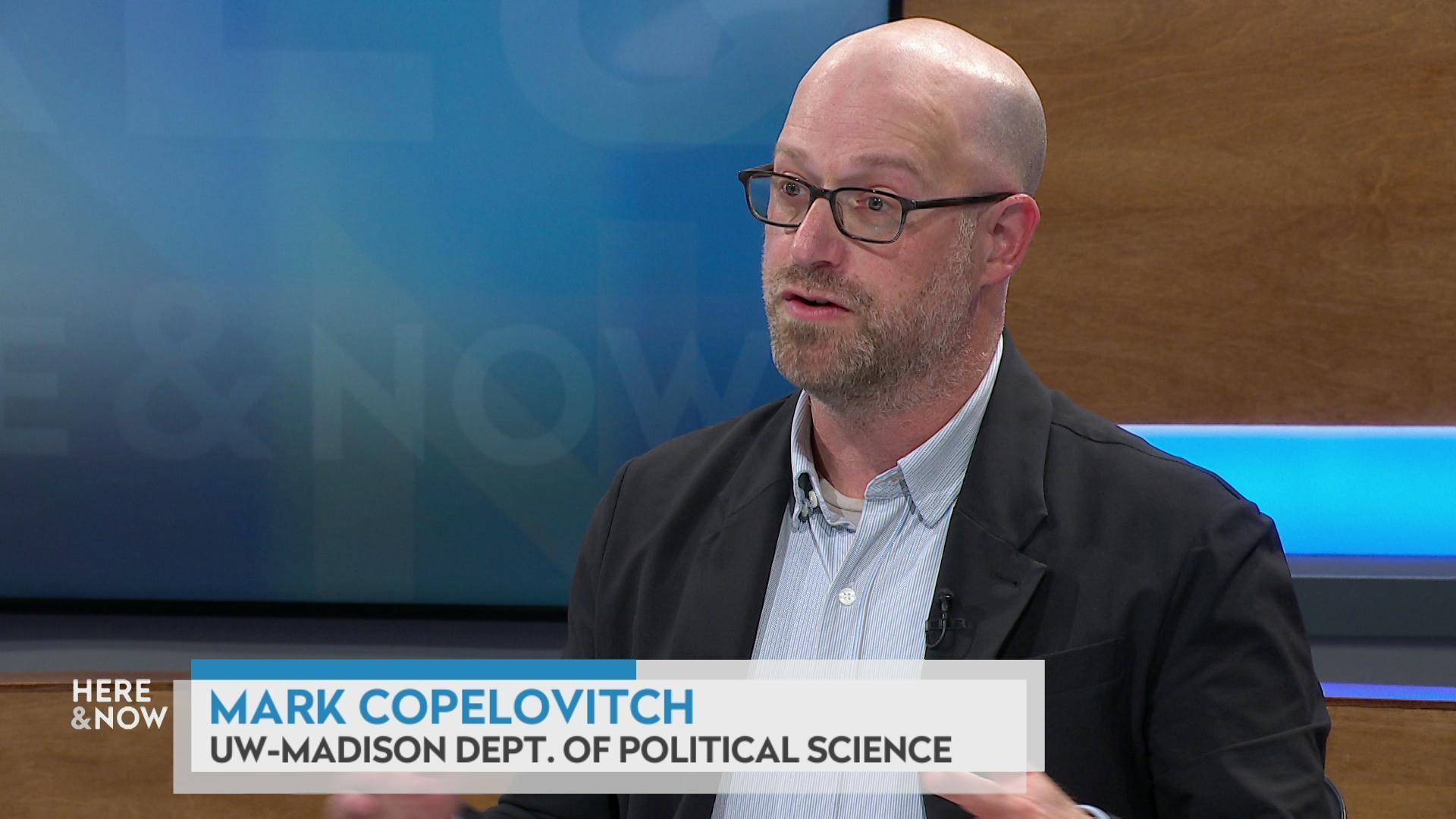





Follow Us